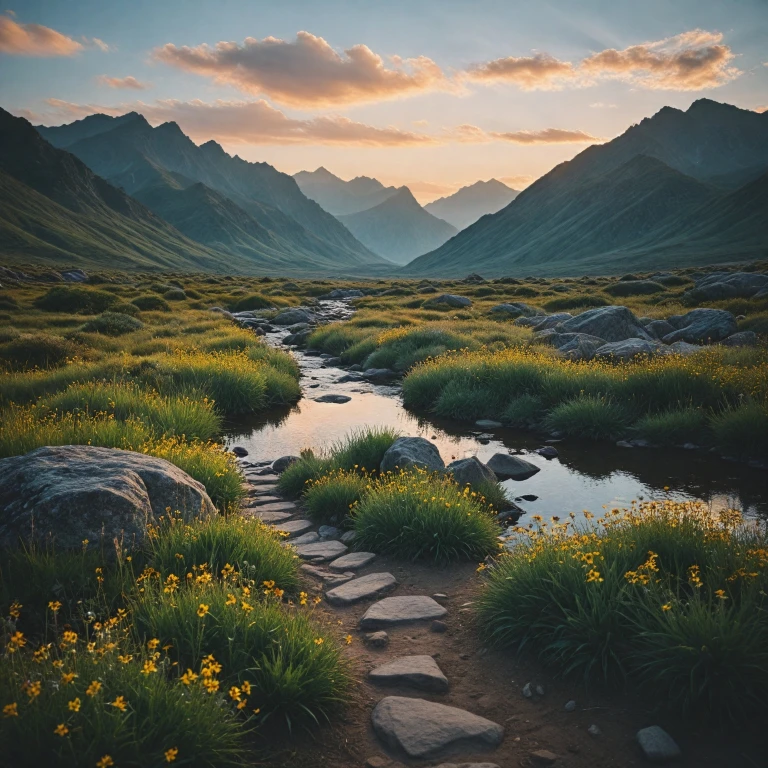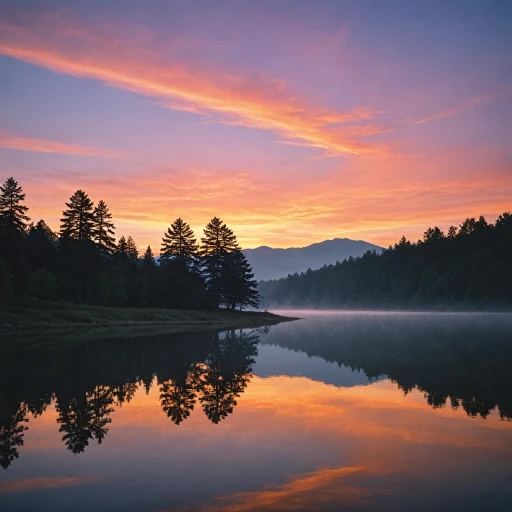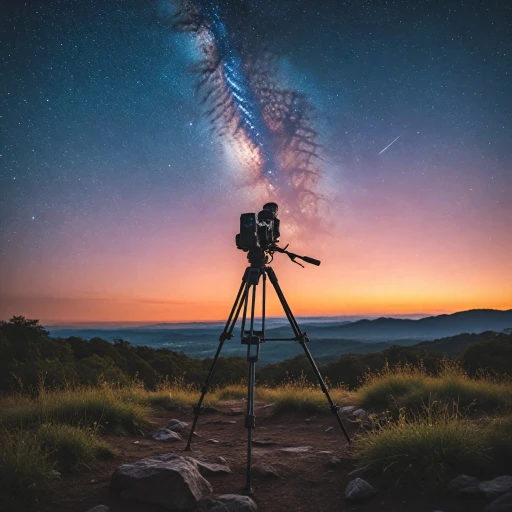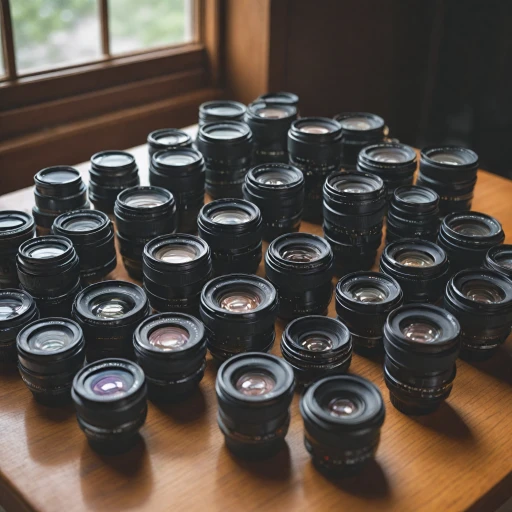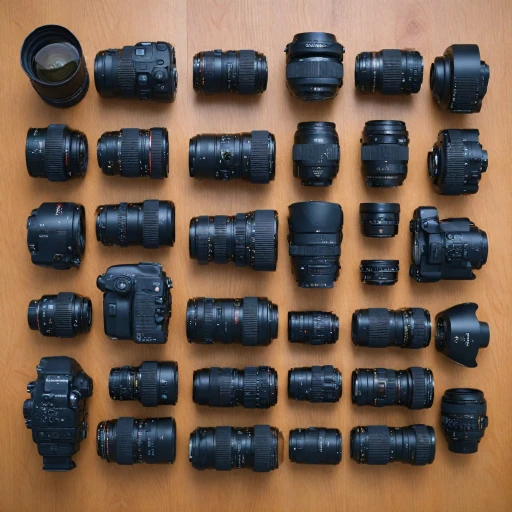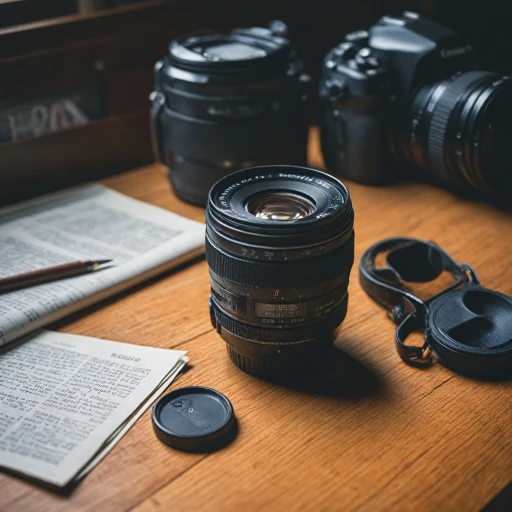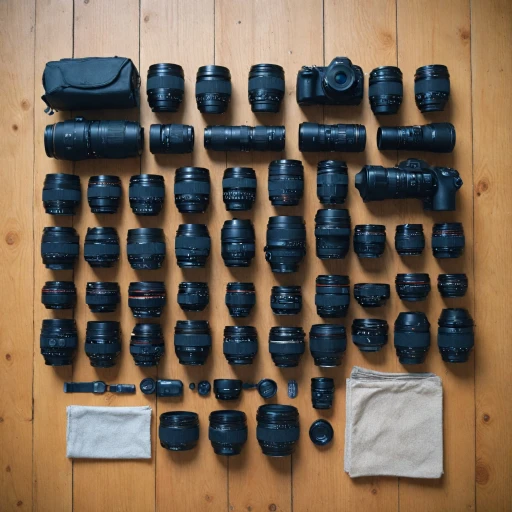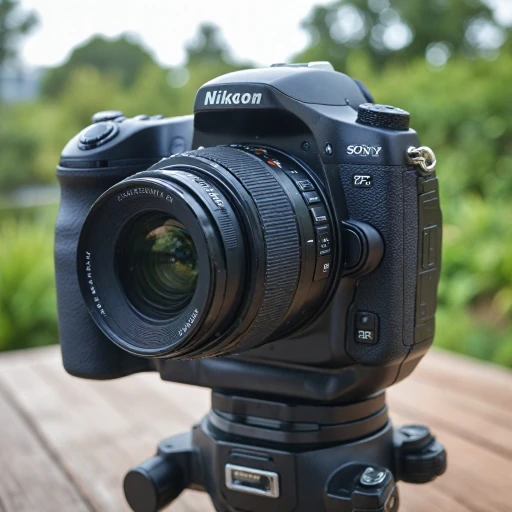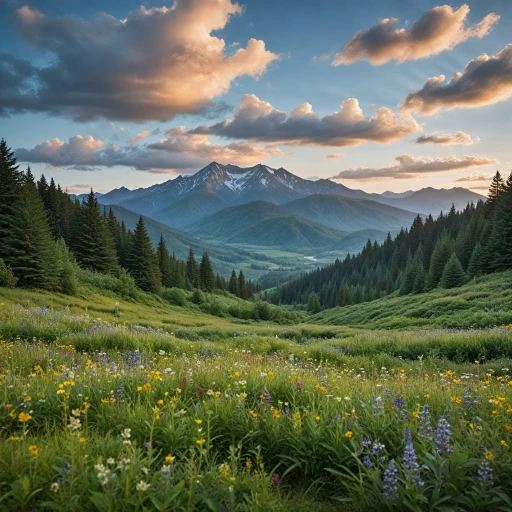Understanding the Basics of Landscape Photography
Mastering the Foundation of Landscape Photography
Embarking on the journey of landscape photography begins with grasping a few fundamental principles. The balance between capturing awe-inspiring vistas and preserving intricate details lies in the choice of the right lens landscape techniques. Understanding focal lengths is essential as it directly influences the composition of your images. At the heart of successful landscape photography is the necessity to understand how different lenses interact with lighting, which varies throughout the day. From the soft hues of dawn to the striking contrasts of late afternoon, recognizing how your lens aids image quality across these scenarios can make or break a shot. For those shooting with well-known brands like Sony, Nikon, or Canon, understanding your camera's specifics will help elevate your photographic prowess. Knowing the optimal settings for a focal length when shooting wide landscapes or utilizing a zoom lens under low light conditions boosts your ability to create mesmerizing imagery. Achieving that perfect shot often revolves around mastering depth of field with your chosen lens. This skill is particularly vital when using wide angle lenses, which are a must-have for capturing expansive scenes. However, they can sometimes present challenges in maintaining focus throughout the image's full range. For those keen on further enhancing their gear and technique, exploring the options to enhance your camera's aesthetic and functionality might provide additional insights and inspiration. Whether you're shooting with a Canon USM or capturing stunning landscapes with the best Nikon cameras, understanding the foundational elements of landscape photography will set the stage for more nuanced explorations, such as the differences between prime and zoom lenses and the best focal lengths for landscape shoots.Key Features to Look for in a Landscape Lens
Essential Characteristics of a Landscape Lens
When diving into landscape photography, selecting the right lens can significantly impact the quality of your shots. Here are some key features to consider when choosing a lens for capturing breathtaking landscapes:
- Focal Length: Opt for lenses with a range of focal lengths to provide versatility in framing your shots. Wide-angle lenses, typically ranging from 10mm to 35mm, are popular for capturing expansive views. A comparison of lenses can help you decide which focal length suits your style.
- Aperture: While landscapes are often shot in well-lit conditions, having a lens with a wide aperture can be beneficial in low light situations, such as during sunrise or sunset. Look for lenses with an aperture of f/2.8 or wider.
- Image Quality: High-quality optics are crucial for capturing the details in landscapes. Consider lenses from reputable brands like Canon, Nikon, and Sony, which are known for their superior image quality.
- Build Quality: A sturdy lens is essential for outdoor photography. Look for weather-sealed lenses that can withstand the elements, ensuring durability during your landscape adventures.
- Weight and Size: While full-frame cameras and lenses offer excellent image quality, they can be heavy. If you plan on hiking or traveling, consider the weight and size of your lens to ensure comfort and portability.
Understanding these features will guide you in selecting the best lens for your landscape photography endeavors, allowing you to capture stunning images with ease.
Wide-Angle Lenses: A Popular Choice for Landscapes
Why Wide-Angle Lenses Stand Out for Scenics
Wide-angle lenses have carved a niche for themselves in landscape photography. With their ability to capture expansive views, they allow photographers to include more of the scene in a single shot. This versatile lens type excels in accentuating the vastness and grandeur of landscapes, making it a popular choice among professionals and enthusiasts alike. When using a wide-angle lens on a full-frame camera, you're offered an extensive field of view, ideal for capturing sweeping vistas. Both Canon and Nikon offer exemplary wide-angle lenses with superior image quality and a range of focal lengths that ensure crisp, clear shots even in low light. The ultra-wide perspective can also add powerful drama to your images, especially when capturing complex compositions. For those interested in an alternative to zoom lenses, prime lenses can offer superior image resolution with their fixed focal length. However, the flexibility of a zoom lens, such as a wide-angle zoom, remains attractive due to its adaptability to varying photographic situations. This versatility can be essential when exploring different landscapes and chasing the best shot. Sony users will appreciate the best lenses tailored for their range. Not only do they deliver impressive image quality, but their wide-angle options are also celebrated for catching those elusive angles that bring photos to life. Choosing the right lens for landscape photography is all about balancing your personal style with functionality. Understanding how each lens affects your compositions will ultimately guide you to select the ideal tool for immortalizing stunning landscapes. For further insights on choosing the best lens for your needs, you may want to read about the best memory cards for your Sony A7V to ensure you're fully equipped on your next photographic adventure.Prime vs. Zoom Lenses: Making the Right Choice
Choosing Between Prime and Zoom Lenses for Landscape Photography
When selecting a lens for landscape photography, one of the pivotal decisions is choosing between a prime lens and a zoom lens. Both types have distinct advantages, and understanding their differences can massively affect the quality and style of your landscape shots. Prime lenses have a fixed focal length, often offering superior image quality due to fewer glass elements and typically wider maximum apertures, making them excellent for low-light conditions. These lenses are often lighter and more compact, which can be an asset when traveling or hiking to remote landscapes. For those who value clarity and sharpness above the flexibility of varying focal lengths, a prime lens, such as those available in Nikon or Canon lenses, may be ideal. On the other hand, zoom lenses provide unparalleled flexibility by covering a range of focal lengths in a single piece of equipment. For instance, a wide-angle zoom lens is perfect for capturing expansive vistas, enabling you to experiment with different compositions and perspectives without the need to switch lenses. This versatility can be particularly beneficial for photographers who want to capture various types of landscapes with one camera setup. Sony and other major brand lenses offer a variety of zoom options catering to different photography needs. When weighing your options, consider the full range of your photography intentions. If your focus is entirely on capturing wide-angle shots, a zoom lens could allow you to explore those wide-angle vistas effortlessly. However, if you prioritize the best image quality and don’t mind changing your position to frame your focal landscape, investing in a prime lens might be the better choice. Ultimately, the choice between prime and zoom lenses hinges on your priorities, shooting style, and specific landscape photography goals. Each option offers its own set of benefits, ensuring that whether you opt for a Canon USM, the best Nikon setup, or another alternative, your landscape images will be both visually stunning and technically sound.Top Lens Recommendations for Landscape Photography
Top Picks for Capturing Majestic Landscapes
When it comes to capturing breathtaking landscapes, having the right lens on your camera can make all the difference in achieving stunning image quality. Here are some recommendations of the best lenses favored by professionals which excel in the diverse requirements of landscape photography:- Sony FE 16-35mm f/2.8 GM: A popular choice for wide-angle landscape shots, this ultra wide lens delivers impeccable detail and sharpness. Its versatile focal range makes it suitable for gathering expansive views.
- Nikon AF-S NIKKOR 14-24mm f/2.8G ED: Revered as one of the best Nikon lenses, this option is acclaimed for its clarity and color accuracy. Ideal for full frame users seeking to capture vast landscapes with precision.
- Canon EF 24-70mm f/2.8L II USM: If you prefer zoom lenses offering a balance between wide and telephoto focal lengths, the Canon USM is a top contender. It provides flexibility and consistent performance across its range, making it a standout in the Canon lineup.
- Sigma 14-24mm f/2.8 DG HSM Art: Known for its competitive image quality, this lens represents a cost-effective choice for those using Sony or Nikon systems without compromising on performance.
- Olympus M.Zuiko Digital ED 7-14mm f/2.8 PRO: Designed for micro four-thirds systems, this is one of the best options for achieving sharp, vibrant landscape shots in challenging conditions, including low light.
Techniques to Maximize Your Lens Potential
Unlocking the Full Potential of Your Landscape Lens
To truly capture breathtaking landscapes, it's essential to optimize the functionality of your chosen lens. This involves mastering techniques that elevate the quality of your photographs and make the most of your lens’s capabilities.- Mastering the Aperture Settings: Understanding the role of aperture in controlling depth of field is crucial. For landscape photography, a smaller aperture (higher f-stop) is often preferred to maintain sharpness throughout the image. This setting helps achieve that crisp image quality that landscape photographers strive for.
- Leveraging the Focal Length: Utilizing various focal lengths can dramatically change the composition of your landscape shots. If working with a wide-angle lens, experiment with different framing techniques to incorporate foreground elements that add depth to the shot.
- Utilizing Filters: ND filters can be your best friend when shooting landscapes, especially in bright conditions where they help manage exposure levels. A polarizing filter, on the other hand, will enhance colors, providing a richer, more vibrant look.
- Embracing Low Light: Often, the best light for landscape photography comes during the golden hour, shortly after sunrise or before sunset. During these times, wide-angle lenses can capture the soft, diffused light beautifully. Play with exposure settings to capture the warmth and texture of these magical hours.
- Stability is Key: Given the intricate details captured through wide-angle and full-frame cameras, a sturdy tripod will ensure that there is no camera shake, resulting in sharply focused images.
- Composition Techniques: Use the rule of thirds or leading lines to guide the viewer's eye through the image. This approach can help make landscapes more dynamic, drawing attention to key focal points within the frame.
